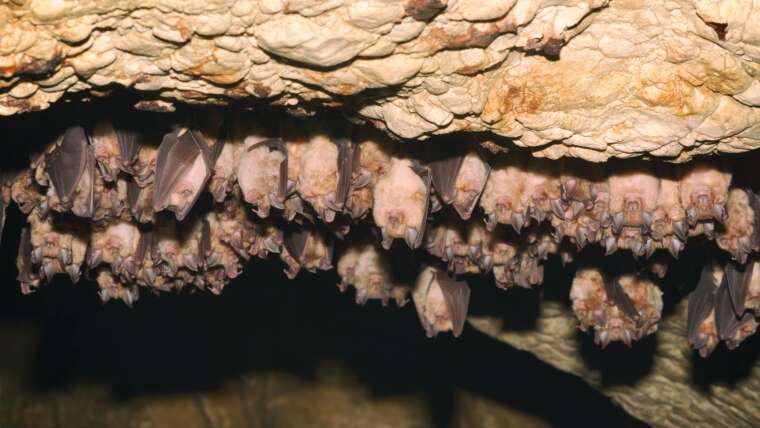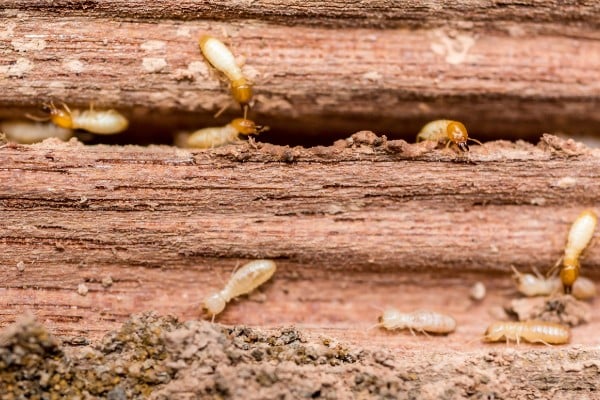Keeping Your Kitchen Rodent-Free: A Comprehensive Guide to Tackling Mice in Your Stove
Mice are often attracted to kitchens due to the availability of food and warmth, making stoves and ovens their ideal nesting spots. When mice invade your stove, they can not only damage your appliances but also contaminate your food, posing serious health risks. If you suspect a mice nest in your oven, swift action is essential to prevent further issues.
Jump to Section:
- Signs of Mice in Your Oven
- Safely Removing Mice from Your Stove
- How to Help Keep Mice Out of Your Home
- Call the Mouse Professionals
Signs of Mice in Your Oven
Identifying the signs of mice requires vigilance, as these pests are both sneaky and resourceful. Here are the common indications of mice in your oven and kitchen:
-
Droppings: Look for small, dark pellets near the stove, in cabinets, or on countertops.
Tip: Use a flashlight at night to illuminate hidden areas, making droppings easier to spot. -
Gnaw Marks: Inspect food packaging, wiring, or edges of the oven for signs of gnawing.
Tip: Take note of gnaw marks’ locations; these can help you identify their entry points. -
Nesting Materials: Be alert for shredded paper, fabric, or insulation, indicating a nest nearby.
Tip: If you find nesting materials, isolate and seal them in a bag to prevent further contamination. -
Unpleasant Odors: A strong, musky smell could signify active mice nearby.
Tip: An odor-detecting spray can help identify specific areas that require deeper cleaning. -
Tracks and Smudges: Grease marks or footprints along baseboards or appliances are telling signs.
Tip: Keep a damp cloth handy to wipe up marks; this can help track if the problem is worsening.
Mice often find themselves in the insulation of stoves where warmth makes an ideal nesting environment. Once they penetrate this area, they can quickly contaminate it through droppings and urine, leading to significant health and safety risks. If you observe any of these signs, immediate action is crucial.
Safely Removing Mice from Your Stove
If you suspect mice in your kitchen, it’s vital to formulate an effective plan for exclusion and removal. While professional help is often the most effective route, here are some initial steps to take:
-
Clean in and around your stove: Mice can thrive on leftover crumbs found in kitchen appliances.
Tip: Consider using a vacuum with a hose attachment to remove hard-to-reach debris behind the stove. -
Inspect for potential entry points: Conduct a thorough examination to identify possible access areas in your home.
Tip: Use a flashlight to examine dark corners, and don’t forget to check for small holes that may be easily overlooked. -
Set traps: Once food sources are removed and entry points sealed, set snap traps baited with peanut butter or cheese alongside walls and frequented areas.
Tip: Use different bait options like sunflower seeds or chocolate to see what works best, as mice can be selective eaters.
Additionally, the CDC recommends wearing gloves when handling contaminated materials to avoid direct contact with harmful pathogens. After cleaning, spray the area with a bleach solution or an EPA-approved disinfectant for a thorough sanitation. If you suspect mice may have contaminated your oven, it is vital not to use it until it has been fully cleaned and sanitized. A self-cleaning cycle may help eliminate remaining bacteria but will not eliminate underlying infestations entirely.
How to Help Keep Mice Out of Your Home
Preventing mice from entering your home starts with understanding their habits and the entry methods they use. By reducing the factors that attract them, you can make your home less appealing to these unwelcome guests.
-
Inspect your home for gaps: Look for holes around walls, floors, and utility pipes, especially in the kitchen areas.
Tip: A simple way to identify gaps is to light a candle near suspected areas; if the flame flickers, you’ve found a draft. -
Maintain a clean kitchen: Regularly sweep up crumbs, wipe surfaces, and store food in airtight containers to remove potential food sources.
Tip: Create a checklist for daily kitchen cleaning rituals to ensure no food remains are overlooked. -
Check for nesting areas: Be vigilant about areas where mice might seek refuge, such as behind appliances.
Tip: Create a schedule for periodic deep cleaning of these spaces to disrupt potential nesting sites. -
Declutter storage areas: Ensure that areas close to your kitchen are organized and free of items that could provide shelter for mice.
Tip: Consider repurposing old items instead of storing them to further minimize hiding spots.
Taking these preventative measures can significantly lower the chances of a mouse infestation in your home.
Call the Mouse Professionals
When it comes to effective mouse control, seeking professional help is often the most reliable option. Specialists, like those at Terminix, utilize advanced tools and proven methods to identify entry points, remove mice, and prevent future infestations effectively.
For a customized plan tailored to tackle your specific mouse issue, handling everything from mice in the kitchen to infestations elsewhere in your home, a consultation with a professional service will ensure thorough and lasting protection. Schedule a free inspection today and take the first step toward achieving peace of mind and a rodent-free home.
By being proactive and informed about mouse infestations, you can maintain a healthy, safe, and kitchen that remains free of unwanted rodents.




